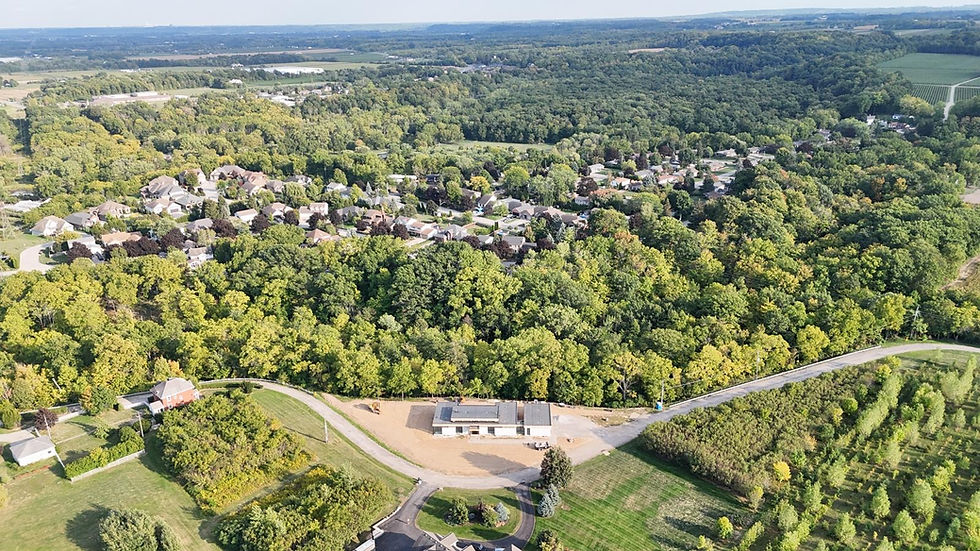The truth about construction estimates...
- Jordan Heckman
- Oct 23, 2023
- 2 min read
Updated: Apr 26, 2024

Contractors play a crucial role in evaluating budgets during the design process, ensuring that projects remain on track financially while delivering the desired outcomes. The initial cost estimating provided by contractors during the design process is a ballpark estimate and quite general in nature. This estimate serves as a preliminary guideline to establish a basic understanding of the project's financial scope. However, the true and detailed pricing can only be determined once the technical drawings are completed. Here's a description of how contractors can assist with budget evaluations during the design phase:
Initial Cost Estimating - A Ballpark Price: While contractors excel at providing initial cost estimates during the design phase, it's crucial to recognize that these estimates are inherently approximate and represent a ballpark price. They are based on preliminary design concepts, industry experience, and historical data, but they lack the precision and specificity that comes with completed technical drawings. These initial estimates are meant to provide a rough framework for budgeting purposes and early decision-making but should not be mistaken for the final pricing.
Detailed Pricing with Completed Technical Drawings: The true and detailed pricing of a construction project can only be achieved once the technical drawings are finalized. Technical drawings provide comprehensive and precise information about the project's specifications, dimensions, materials, and construction methods. Contractors can then create accurate cost breakdowns and bids based on this detailed documentation. This final pricing stage is where all aspects of the project are thoroughly considered, ensuring that the budget aligns precisely with the project's requirements.
In essence, the initial cost estimate is a starting point that helps stakeholders gauge the financial feasibility of a project early on. It is a valuable tool for setting expectations and making preliminary decisions. However, it should be understood that this estimate is subject to change and refinement as the design progresses and becomes more detailed.
Addressing Budget Overruns:
When a project comes in over budget, it's essential to take proactive steps to bring it back in line with financial expectations. Here's how value engineering can be applied when a project exceeds its budget, along with considerations for the additional cost involved:
Identify the Overrun: The first step is to pinpoint the specific areas or elements of the project that have caused the budget to exceed its original estimate.
Reevaluate Priorities: The project team, including the owner, designer, and contractor, must reassess the project's priorities. This involves determining which aspects of the project are non-negotiable and which can be modified or adjusted to reduce costs.
Value Engineering (VE): Value engineering is a systematic approach to analyze project elements and identify opportunities to achieve the same or better functionality at a lower cost. It involves collaboration among parties to brainstorm cost-saving alternatives.
In summary, when a project exceeds its budget, value engineering offers a structured approach to identify and implement cost-saving measures. While there may be additional costs associated with this process, the aim is to achieve a balanced budget without sacrificing the project's quality or objectives. Effective communication and collaboration among all parties is essential throughout the process to make informed decisions and keep the project on track.






Comments